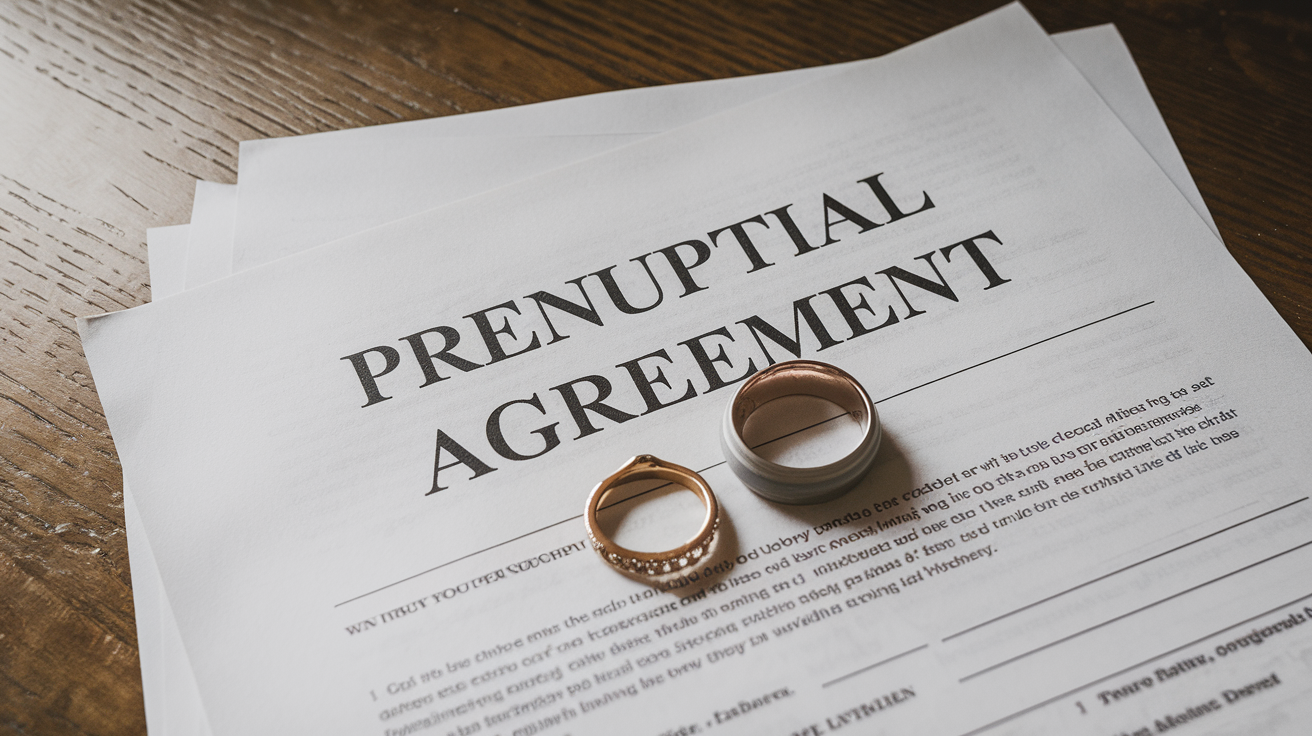Breakups are harder with an anxious attachment style.
The constant phone checking, wondering if they’ll return, and feeling lost can be overwhelming. If you’re feeling this way, you’re not alone.
Understanding the stages of a breakup can help anyone move through the healing process with more clarity and self-compassion. While each person’s path differs, knowing what to expect makes you feel less lonely.
This post will guide you through the distinct stages that people with anxious attachments typically experience after a breakup and share practical ways to cope with each phase.
What is the Anxious Attachment Style

Anxious attachment style affects the way you form and maintain relationships. Think of it as having your emotional volume turned up higher than others. When you care about someone, you might feel a strong need to stay close and get frequent reassurance about their feelings.
Some common signs include:
- Worrying often about what your partner thinks of you
- Finding it hard to trust that relationships will last
- Getting stressed when your texts aren’t answered quickly
- Taking small changes in your partner’s behavior very personally
This attachment pattern usually forms in childhood. When parents or caregivers are inconsistent with their attention or support, a child learns to stay alert for signs of rejection or abandonment. These early experiences create a template for how relationships work in adulthood.
But knowing about your attachment style is helpful. It lets you understand your reactions better and work on building more secure relationships.
Stages of a Breakup
Below mentioned are the Breakup Stages for Anxious Attachment
Stage 1: Panic Mode

When a relationship is in trouble or ends, emotions can become overwhelming. These signs show how anxiety and distress can take over during difficult moments:
- Your heart beats faster, and you feel a strong urge to fix things
- You might send multiple texts or calls trying to reach out
- Sleep becomes hard, and eating feels like a chore
- You keep thinking about what went wrong and how to make it right
- The fear of being alone feels very real and intense
Stage 2: Desperate Bargaining

When faced with a breakup or relationship troubles, it’s common to hold on to hope and try anything to fix things. These behaviors often come from a deep fear of loss and a strong desire to reconnect.
- Start making promises to change everything about yourself
- Reach out to their friends or family for help
- Suggest taking breaks instead of breaking up
- Look for any small sign that they might come back
- Remember only the good parts of the relationship
Stage 3: Obsessive Analysis

Emotional pain after a breakup can feel unpredictable. These reactions are natural as your mind and body process the loss. Some of the points are given below.
- Your feelings switch between sadness, anger, and hope
- Small things remind you of them and you start crying spells
- Trouble focusing on work or daily tasks
- Old fears and doubts from past relationships come back
- You feel physical symptoms like stomach aches or headaches
Stage 4: Physical Symptoms

After a breakup, your mind searches for answers and tries to make sense of what went wrong. This can lead to overanalyzing every detail and looking for signs that may not be there.
- You replay conversations in your head over and over
- Check their social media accounts many times daily
- You try to guess what they’re doing or thinking
- Ask friends to help you understand what happened
- Look for hidden meanings in their past words or actions
Stage 5: False Acceptance

Are you trying to hide your true feelings after a breakup? Sometimes, we convince ourselves we’re moving on while still holding on in different ways.
- Tell everyone you’re “fine” even when you’re not
- Try to date other people before you’re ready
- Pretend the breakup doesn’t affect you
- You keep hoping they’ll realize their mistake
- You maintain contact “just as friends”
Stage 6: True Grief

How do you know when you’re starting to heal from a breakup? These signs show that you’re slowly accepting the reality and allowing yourself to move forward.
- You finally let yourself feel the full pain of the loss
- Stop checking their social media as often
- Start facing the reality that it’s really over
- Allow yourself to be sad without trying to fix it
- You begin to see both good and bad parts of the relationship
Stage 7: Real Healing Begins

Healing doesn’t happen overnight, but you gradually start to feel like yourself again. Growth comes as you learn from the past and focus on what’s ahead.
- Start feeling more like yourself again
- You can think about them without strong emotional pain
- Learn new things about your attachment needs
- Set better boundaries in relationships
- Focus more on taking care of yourself
Each stage takes its own time, and you might move back and forth between them. That’s perfectly normal. The key is to be gentle with yourself as you move through each phase.
How Attachment Style Can Influence Your Breakup

The way you handle a breakup is closely linked to your attachment style.
When you have an anxious attachment pattern, your emotional reactions tend to be more intense and last longer than those of others.
- Heightened Emotional Response: Small things like seeing their social media posts or passing by their favorite cafe can trigger strong emotional waves.
- Need for Closure: Without proper closure, your mind creates different scenarios and explanations, which can keep you stuck in the analysis phase longer.
- Difficulty with No Contact: The urge to reach out stays strong because your attachment system sees distance as a threat to your emotional safety.
- Self-Worth Challenges: A breakup can shake your sense of self more deeply. You might question your value in relationships or wonder if you’ll ever find a connection again.
By understanding these patterns, you can be kinder to yourself during the healing process. Your reactions make sense, given your attachment style – they’re not signs of weakness or neediness.
How to Deal with a Breakup

- Physical Self-Care: First, start with basic needs. Make sure you eat regular meals, even small ones. Set a simple sleep schedule. Take short walks when you can.
- Build a Support System: Tell trusted friends what you need – maybe it’s daily check-ins or someone to talk to late at night. Let them know you might need more support than usual. Create New Routines: Replace old relationship habits with new activities. If you used to text them every morning, try writing in a journal instead.
- Limit Social Media Access: Put your phone away during certain hours. Remove apps that make you check their profiles.
- Work with a Therapist: A mental health professional can help you understand your attachment patterns better.
- Set Small Goals: Make simple plans for each day. Maybe today you’ll clean one drawer, or walk for 10 minutes. These small wins help rebuild your sense of control.
Conclusion
Breaking up with an anxious attachment style feels extra tough.
You’ve learned about the seven stages, from the first panic to real healing. You now know why your reactions might feel more intense than others and what makes your experience unique.
Remember that each stage serves a purpose in your healing. Your strong feelings make sense, and they won’t last forever.
As you work through these phases, use the right coping tools for you.
Take small steps and be patient with yourself.
Frequently Asked Questions
How Long do these Breakup Stages Typically Last?
Each person moves through stages at their own pace. Some might spend weeks in one stage and days in another. Most people take 3-6 months to work through all stages.
Do I Have to Experience All Seven Stages?
Not everyone goes through every stage, and you might not follow them in order. Your personal experience depends on your relationship history and support system.
When Should I Seek Professional Help During a Breakup?
Seek help if you have thoughts of self-harm, can’t handle daily tasks, feel stuck in one stage, or notice your anxiety getting worse over several weeks.
Is it Normal to Move Back and Forth Between Stages?
Yes, moving between stages is normal. You might feel better one day and worse the next. This back-and-forth movement is part of the healing process.
How Can I Tell if I’m Making Progress in My Healing?
You’re making progress when daily tasks become easier, you think less about your ex, you feel more like yourself, and you can imagine a future without them.








